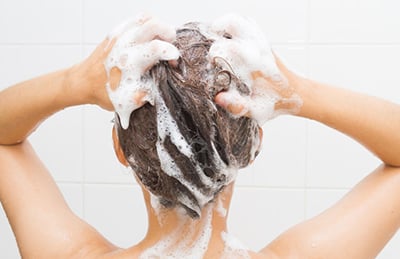 As the name implies, sensory modifiers are ingredients that affect the senses and are most often required to convert a negative aesthetic into a more pleasing consumer experience. While olfactory and visual appeals are important attributes of a product, tactile properties must also be optimized to meet consumers’ expectations and ensure marketplace success. Since it is not uncommon for initial prototype formulations to be deficient in some or the other sensory attribute, sensory modifiers are staples of a formulators’ toolbox and play a key role in refining the final product.
As the name implies, sensory modifiers are ingredients that affect the senses and are most often required to convert a negative aesthetic into a more pleasing consumer experience. While olfactory and visual appeals are important attributes of a product, tactile properties must also be optimized to meet consumers’ expectations and ensure marketplace success. Since it is not uncommon for initial prototype formulations to be deficient in some or the other sensory attribute, sensory modifiers are staples of a formulators’ toolbox and play a key role in refining the final product.
Interest in the use of sensory modifiers can stem from a need to alter the feel of a product itself, or the perception of a product as it is applied to the area being treated – hair or skin. Given that sensory modifiers are not listed as a Reported Function in the Personal Care Product Council’s (PCPC) database, the formulator must know what specific deficiency needs to be addressed and what class of ingredients would most likely deliver the desired benefits. For example, inorganics such as talc and kaolin, are commonly used to minimize greasiness or to improve the flow properties of a formulation. These and similar ingredients are classified as “absorbents” and “slip modifiers” and can easily be found listed under these functions.
A formulator must know what specific sensory deficiency needs to be addressed and what class of ingredients would most likely deliver the desired benefits.”
If, however, the intent is to reduce tackiness on skin during application, a search for ‘anti-tack’ ingredients in the PCPC database would be futile since this has not been officially designated as a Reported Function. Experienced product developers would likely first start with a search of the chemical class “esters,” many of which can be found under the function “skin conditioning agents.” Similarly, the need to mitigate greasiness on skin can often be met by use of a variety of ingredients including synthetic polymers and starches like the popular DRY-FLO®, while application properties of pressed powders can usually benefit from inclusion of microspheres.
Sensory modifiers are essential ingredients that are important in delivering a consumer-acceptable product and are represented by multiple chemical classes. While it may be obvious to the experienced formulator, a novice would be well advised to explore different functions since the desired ingredient might be found housed under functions as diverse as “film formers” and “conditioning agents.”
Ready to search materials?
Prospector has more than 20,000 search results for personal care materials!
Get Material Data
The views, opinions and technical analyses presented here are those of the author or advertiser, and are not necessarily those of ULProspector.com or UL Solutions. The appearance of this content in the UL Prospector Knowledge Center does not constitute an endorsement by UL Solutions or its affiliates.
All content is subject to copyright and may not be reproduced without prior authorization from UL Solutions or the content author.
The content has been made available for informational and educational purposes only. While the editors of this site may verify the accuracy of its content from time to time, we assume no responsibility for errors made by the author, editorial staff or any other contributor.
UL Solutions does not make any representations or warranties with respect to the accuracy, applicability, fitness or completeness of the content. UL Solutions does not warrant the performance, effectiveness or applicability of sites listed or linked to in any content.



Leave a Reply or Comment